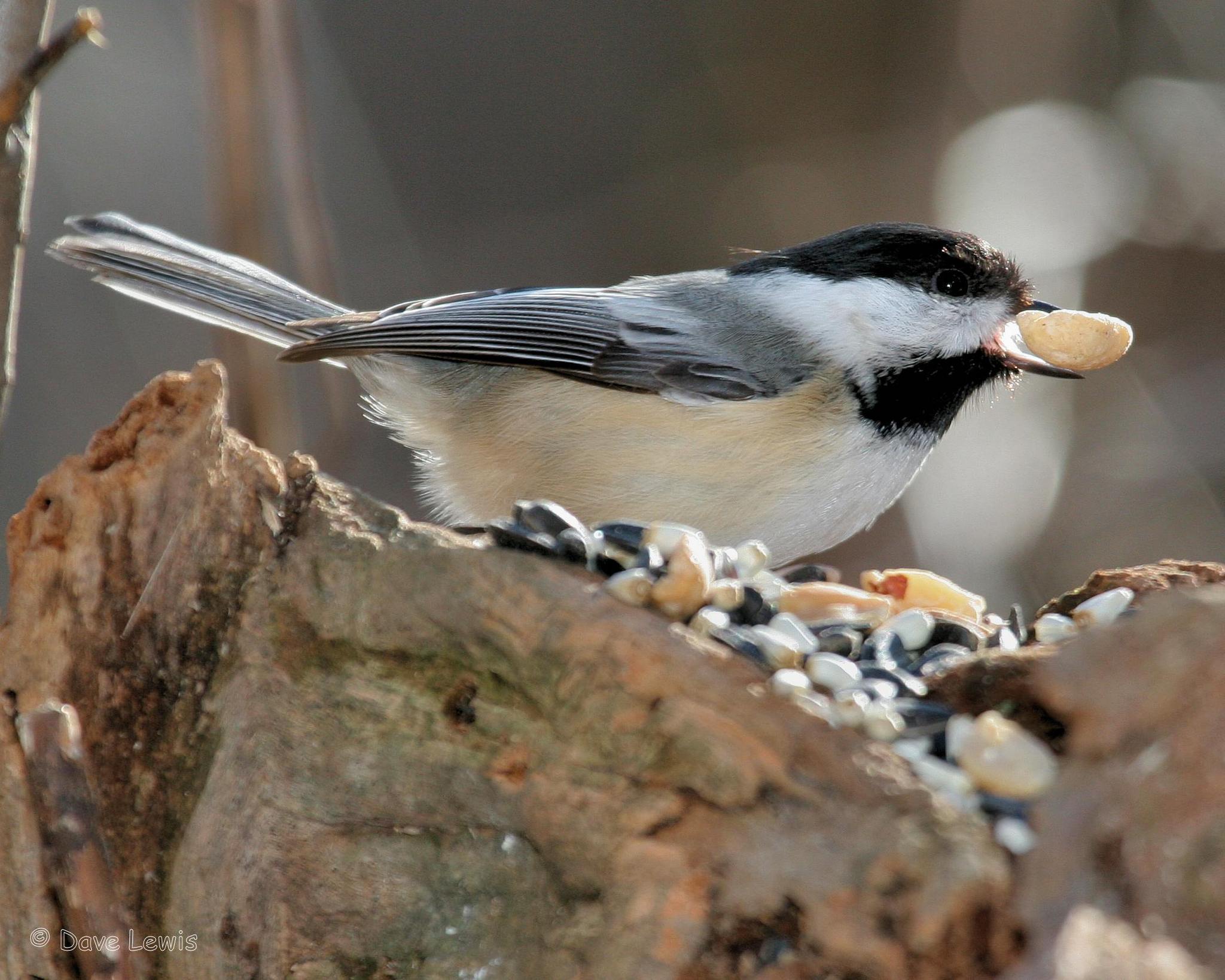Food Caching Behavior in Pikas
Biology 342 Fall 2015
Kerry Jones, Linden Mullins, Aubrey Pelz
Mechanism
Studies and questions about the mechanism of an animal behavior provide us with causal explanations that describe what the behavior is and how the behavior is constructed. For example, these explanations can include information about:
-
the physical morphology involved in the behavior
-
molecular mechanisms behind the behavior
-
other underlying biological factors affecting the behaviors
Mechanisms of Food Caching
While the mechanisms behind pika foraging remain unstudied (Barrio et al), there are many studies that speak to the mechanisms of caching behaviors in birds and mammals.
Many studies were performed investigating the role of the hippocampus, a part of the brain associated with memory, in the development of caching behaviors in birds. These studies focused primarily on parids and corvids: families of birds consisting of caching and non-caching species.
The work of Clayton et al suggests that scatter-hoarding species not only had a memory that was more accurate and enduring than their non-caching counterparts, but was more robust in response to memory interference. This may correspond to the enlarged hippocampus (relative to telencephalon) of caching vs non-caching species. Food caching memory can lead to a dramatic increase in hippocampal neurons by changing the rate of cell reproduction, and as a result, the presence or absence of this behavior can lead to 30% increase or decrease in size.
Studies on behavior following hippocampal lesions supported the notion that the hippocampus is critical to the development of spatial memory (Shettleworth and Krebs 1986). Chikadees, which have a better memory, and higher hippocampus to body size ratio than juncos were more susceptible to memory interference and behaved more like juncos following lesions of their hippocampus.

Shettleworth and Krebs (1986) also performed an experiment on parids in order to asses whether the observation of advanced memory strictly corresponded to stored food, or whether they could clearly remember other kinds of information not associated with that behavior. They allowed black-capped chikadees and coal tits into a room where they could see, but not access, food in 60 storage sites, and then re-released them into the same room two hours later allowed them to access food and store it. Their results concluded that the birds were better at remembering sites where they stored seeds than remembering sites they visited but did not store seeds. Their data supports the hypothesis that the development of advanced memory in caching species corresponds to the caching behavior.
In addition, corticosterone, a stress hormone related to chronic memory loss in humans, was shown to positively influence caching ability in chikadees, as was the maintenance of an unpredictable diet (Saldanha et al 2000). Subsequently, Pravosudov et al. (2004) found that chikadees’ social status, which is mediated by corticosterone levels, had an influence on their caching behavior. The most subordinate chikadees cached less, had a poorer spatial memory, and lower levels of corticosterone.
However, reliance on spatial memory for caching is not exclusive to birds. In the southern flying squirrel, for example, cache retrieval success relied most on spatial memory as opposed to heuristic or olfactory methods (Winterrowd et al). The research of Gibson and Kamil (2009) suggests that animals that depend on this spatial memory for survival tend to have a greater hippocampus.
Although the mechanisms behind foraging behaviors in pikas remain largely unstudied, the independent evolution of caching behaviors suggests the possibility of common circumstances leading to caching in birds, mammals, and hymenoptera. Thus, by examining the memory machinery in birds and other mammals that allow for caching, we can make inferences and question the mechanistic implications in pikas.